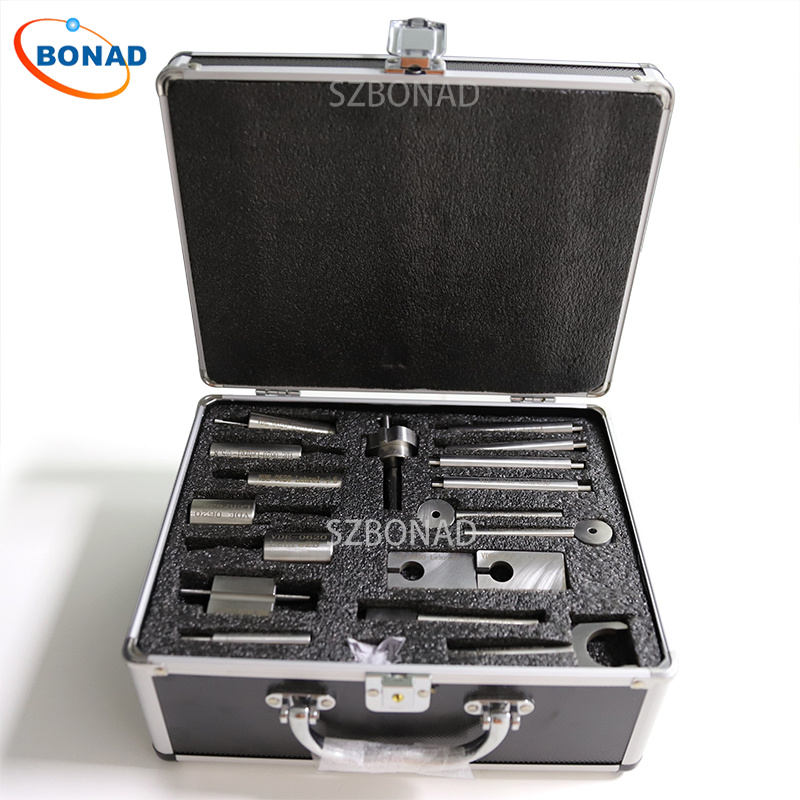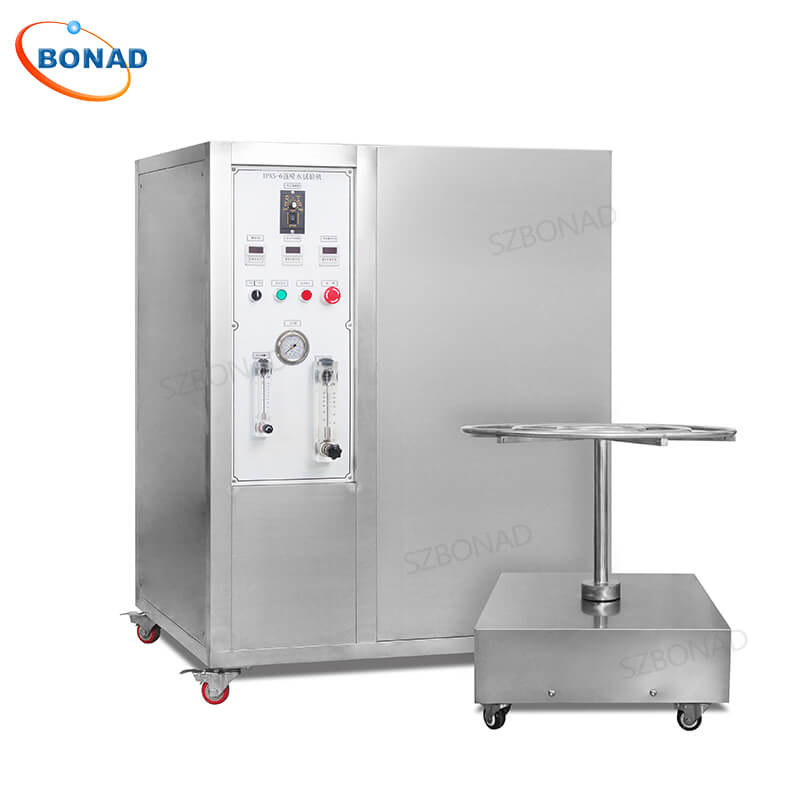Environmental test chambers are essential tools in laboratories, ensuring products endure various conditions before reaching the market. These sophisticated devices rely heavily on water for generating humidity and facilitating system cooling. However, maintaining appropriate water quality standards is often overlooked, which can lead to inaccurate test results, costly repairs, or even complete equipment failure. In this article, we delve into why water quality matters, its impact on different aspects of environmental testing, and how to maintain it effectively.
Water Quality for Humidity Testing
For humidity testing, water quality plays a pivotal role in achieving precise results and preserving the longevity of the chamber. The process of generating specific humidity levels demands water that adheres to strict quality standards, particularly concerning dissolved solids and pH balance.
Impure water can cause significant issues within the chamber. For instance, deposits and streaks formed inside the chamber aren’t just aesthetic problems—they can severely affect test outcomes and lead to expensive equipment malfunctions. When dissolved solids accumulate on heating elements, they create insulating barriers that reduce heating efficiency and may eventually cause heater failure.
Additionally, the pH level of the water used in humidity systems is critical. Water that’s too acidic or alkaline can trigger corrosive reactions, damaging both the chamber and the products being tested. This is especially important when testing sensitive electronics or materials prone to reacting with corrosive environments.
To prevent these issues, experts recommend using reverse osmosis or demineralized water for humidity generation. Monitoring parameters such as turbidity, free chlorine, chloramine, chloride, total iron, manganese, organics, acidity (pH), and resistivity ensures optimal performance and minimizes risks.
Water Quality for Test Chamber Cooling Systems
The cooling system in an environmental test chamber also relies on water quality, albeit for different reasons. Here, water serves as the primary medium for heat transfer, making its quality vital for system efficiency and longevity.
Proper pressure management is crucial in cooling systems. Water pressure that’s too high or too low can disrupt performance, leading to system shutdowns. Such interruptions not only delay testing but also compromise results by creating unstable environmental conditions. Furthermore, cooling water containing corrosive elements can gradually degrade system components, resulting in mechanical failures and costly repairs.
Cooling water requirements focus on maintaining appropriate pressure levels and preventing corrosion. Key factors include inlet pressure, pressure drop, grain size, acidity (pH), saturation index, total hardness, and resistivity. Regular monitoring of these parameters helps protect mechanical components and ensures consistent cooling performance.
Water Requirements for Both Systems
While both humidity and cooling systems depend on water, their specific quality requirements differ significantly. Below are the recommended water quality standards for each application:
Humidity Water Requirements:
- Turbidity: Less than 5 NTU* and preferably less than 1 NTU*
- Color: Less than 5 on the pH color scale
- Free Chlorine: Less than 0.2 ppm
- Chloramine: Less than 0.2 ppm
- Chloride: Less than 0.2 ppm
- Total Iron and Manganese: Less than 0.3 ppm
- Organics: Less than 1 ppm (as determined by oxygen consumed)
- Acidity (pH): Between 6 to 7 pH
- Resistivity: Between 50,000 to 1MΩ-cm
Cooling Water Requirements:
- Inlet Pressure: 30 to 45 psig (2 to 3 barg), 80 psig max (5.5 barg)
- Pressure Drop: 30 psi (2 bar)
- Grain Size: Less than 1,000 micrometers (20 mesh strainer)
- Acidity (pH): Between 6 to 9
- Saturation Index SI (delta pH value): Between -0.2 to 0.2
- Total Hardness: Between 6 to 15 °dH
- Resistivity: Between 0.002 to 0.1 MΩ-cm
Water Quality Monitoring and Maintenance
To ensure optimal performance in both systems, regular water quality monitoring and maintenance are indispensable. Best practices include:
- Regular Testing of Water pH Levels: Check pH levels frequently, especially during intensive humidity tests.
- Monitoring Dissolved Solids Content: Keep track of dissolved solids to avoid buildup.
- Checking Pressure Levels in Cooling Systems: Ensure pressures remain within recommended ranges.
- Installing Appropriate Filtration Systems: Use filters designed for your specific water quality needs.
- Implementing Regular Maintenance Schedules: Develop detailed logs and schedules for routine inspections.
Investing in proper water treatment and monitoring systems may seem expensive initially, but it pales in comparison to the costs associated with equipment failures or unreliable test results. Proper water quality management ensures accurate testing processes, extends the life of environmental test chambers, and saves money in the long run.
FAQs About Environmental Test Chamber Water Quality
Q: How often should I test water quality in my environmental test chamber?
A: Water quality should be tested at least monthly. If you’re running intensive humidity tests, pH levels and dissolved solids content should be checked more frequently. Implement regular maintenance schedules and document all testing activities for reference.
Q: What happens if I ignore water quality in my test chamber?
A: Ignoring water quality can lead to inaccurate test results, equipment malfunctions, and premature wear-and-tear of components. It may also result in higher operational costs due to frequent repairs or replacements.
Q: Can I use tap water for my environmental test chamber?
A: Tap water is generally unsuitable for environmental test chambers due to its mineral content and potential contaminants. Using treated water like reverse osmosis or demineralized water is highly recommended.
Conclusion
Water quality is a fundamental requirement for accurate testing and the longevity of environmental test chambers. By understanding and maintaining appropriate water quality standards for both humidity and cooling applications, laboratories can ensure reliable testing processes, extend the life of their equipment, and avoid unnecessary expenses. Prioritize water quality monitoring and invest in proper treatment systems to achieve consistent, dependable results every time.
If you have further questions about water quality or need assistance with your environmental test chamber, feel free to reach out!


